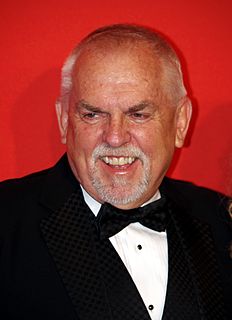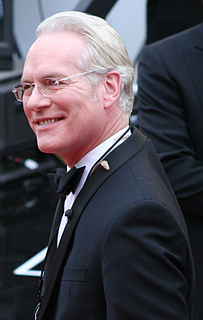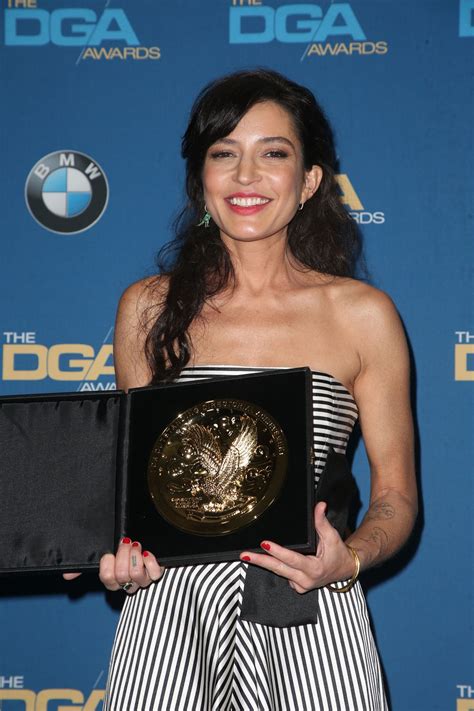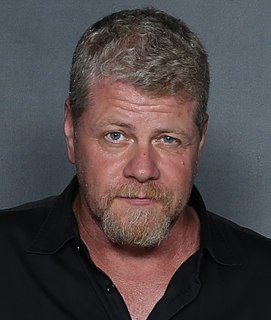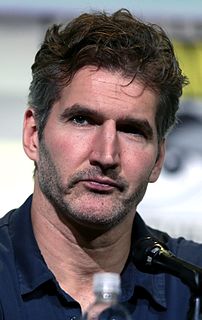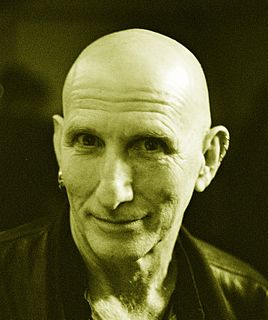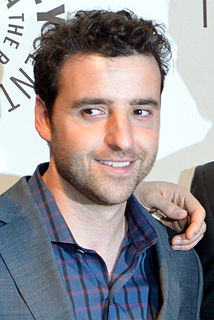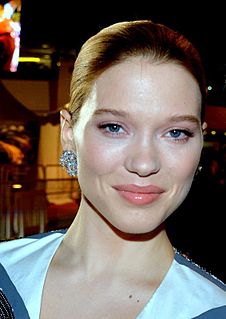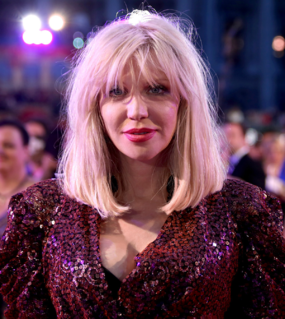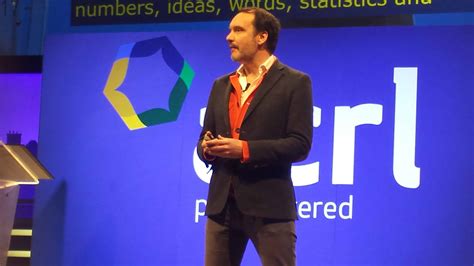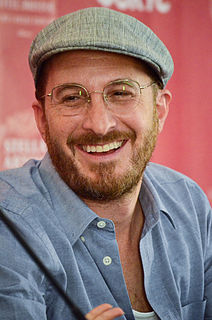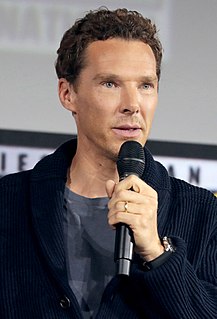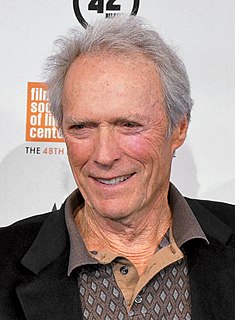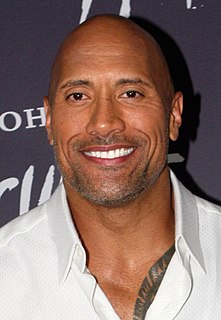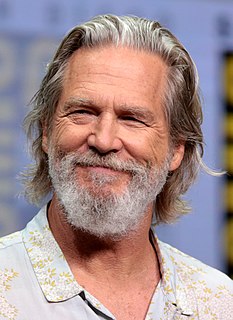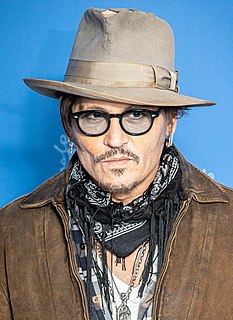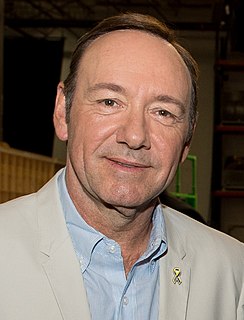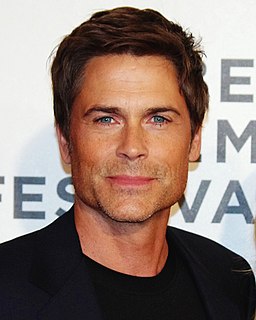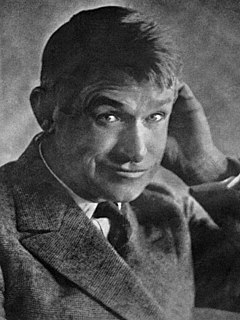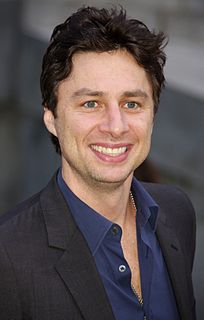A Quote by John Ratzenberger
I'm still really into set design and construction when I do films. I notice that stuff.
Related Quotes
Making movies in France is different, but it's still acting, you know. You still have doubts and you're scared, always, but I really love doing films in America, because I love to speak English. But I think there's something very entertaining about American films. But I also like the intimacy of French films.
For years I thought I was just a writer, but when I sat down to design and started playing around with it, I realized that, really, it's pretty easy. Obviously it's more than just a set of rules, but the basics of design are actually pretty simple and quite mathematical. The link between data and design works at quite a fundamental level.
I feel that so many sci-fi films and films in general have just become really dependent on and addicted to CGI, and that some of the big CGI films of the summer, you see these effects that look like crap. You don't know if you're watching a cartoon or something that's real. And I didn't want to fall into that trap. I really thought there was a way to use a lot of these old techniques to do some new and really neat stuff.
Nineteenth- and early-twentieth-century exponents of prefabrication were certain it would supplant age-old traditions of individualized design and handcrafted construction. The building art would be revolutionized by freeing designers and construction workers from repetitive tasks, and democratized by making high-style architecture more affordable.
